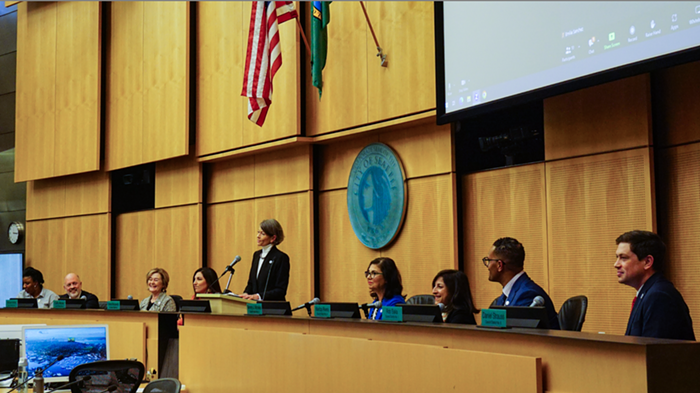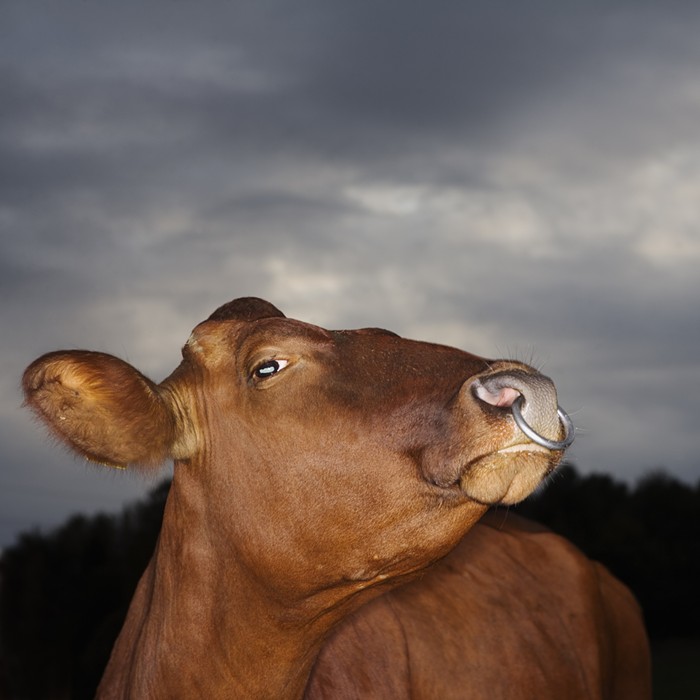
This past spring I compared Mayor Durkan’s decision to “pause” the Center City Connector with a similar idiotic decision by Cincinnati Mayor John Cranley in 2013.
Upon due reflection, I owe the mayor an apology—Mayor Cranley, that is. Jenny Durkan has proven herself to be far more dishonest and conniving than John Cranley could ever hope to be.
John Cranley, to his credit, at least made his intentions clear about what he planned to do to the city’s under-construction streetcar project if he were to be elected as mayor. He vowed to kill the project, and when he got elected, he did his best to do so. It was only a groundswell of grassroots activism that flipped two members of city council to a veto-proof supermajority in favor of completing the project. But for all of John Cranley’s faults, which are many, at least we knew what we were in store for.
Jenny Durkan, by contrast, is a master of Seattle-style passive-aggression. Her own campaign page—conveniently taken offline since I linked to it in my last column about the streetcar—touted the Center City Connector’s benefits. At campaign forums, she made sure to follow her consultants’ advice and at least pretend to be in favor of public transit and bike lanes.
Her actions as mayor to date, though, show where her true feelings about public transit lie, and it’s not a pretty picture.
When Durkan first paused the Center City Connector, she commissioned a study (with a six-figure price tag, no less) to determine why the project was supposedly running over-budget. That report, which was to have been made public no later than June 19th, still hasn’t yet been released to the public.
I can guess at its findings.
The cost increases are most likely due to scope creep—that’s when the city decides to build a streetcar and a dozen other city agencies use that as an excuse to add to the project their own new utility lines, street lights, and anything else that’s been sitting on their wish list for a while—and the fact that literally every construction project in the nation is facing rising costs due to labor shortages, Trump’s trade wars, and a construction boom. Contractors and their subcontractors are in a position to name their price because they have people breaking down their doors to build stuff. My colleagues and I are dealing with these issues on our own projects; it certainly isn’t limited to transit projects.
And the study most likely concludes that, despite these cost increases, canceling the project at this stage will cost nearly as much as finishing it—and cancelling it will also cause long-term damage to the city’s credibility when applying for federal grants for future transit projects. In other words, kiss light rail to Ballard and West Seattle goodbye.
Is it any wonder Durkan doesn’t want the study released to the public? If my educated guesses are correct, the study makes Durkan look stupid for pausing the project. And I'm pretty confident that I'm on the right track here—because if the study said the streetcar was a boondoggle that should never be built, Durkan would be shouting its findings from the top of the Space Needle and hand-delivering the study itself to every household in Seattle.
Instead Durkan went with Underhanded Plan B: Put out a press release saying the ten new streetcars the city just ordered are too big to fit the tracks and the maintenance barn. “We just need to find a media outlet credulous enough to report our press release verbatim without doing any independent fact-checking,” an aide probably said.
Seattle Times: “Hold my beer.”
Local transit advocates and bloggers jumped upon the Seattle Times story like flies on a pile of shit, digging up the technical specifications online and pointing out that the differences between the new streetcars and current ones are negligible.
Let’s take the track gauge, for example. Standard Gauge is 4 feet, 8 ½ inches (1435mm) between the inside faces of the rails, and it’s been that way since the British invented railroads during the Industrial Revolution. That’s why it’s called Standard Gauge. With only a small handful of exceptions, every transit system, every streetcar, every commuter railroad, and every freight railroad in the United States—and throughout much of the world—uses Standard Gauge tracks.
This isn’t rocket surgery. Durkan claiming the new streetcars are of a different track gauge is like the salesman at Home Depot claiming the electric appliances sold at Lowe’s don't run on the kind of electricity in your home's electrical outlets.
The Seattle Times eventually updated its story to reflect the technical specifications, but the damage had already been done. Fox News, ever eager to paint liberal Seattle as a bunch of incompetents, was on the story within minutes. (Ironically, it was Durkan herself who was made to look like the idiot.) As they say, a lie gets around the world before the truth can get its pants on.
As it turns out, Durkan had simply been following the script of another Cincinnati saga, one who took place long before Mayor Cranley ever assumed office. Back in the 1920s, Cincinnati was building a subway system. But inflation and materials shortages were causing costs to skyrocket, and a new administration took charge in City Hall. Before long, stories were leaked to gullible newspapers that the curves in the tunnels were too tight for the subway trains. Those stories live on as urban legend in Cincinnati today, but in reality, the tunnels were built to the exact same specifications as what is now the MBTA Red Line in Boston. But the lies worked, and two miles of tunnels and uncompleted four station shells now sit abandoned under Central Parkway just north of downtown.
The new mayor of the time, Murray Seasongood, is still looked upon as a “reformer” even as the Cincinnati area chokes on car exhaust. With Seattle now copying so many of Cincinnati’s past mistakes, I wouldn’t be shocked to see Jerry Springer become our next mayor. But then, maybe he’d be an improvement over Durkan.
Seattle's Center City Connector has been through years of planning, design, public hearings, and Seattle Process. City Council has voted to approve it. Promises have been made, and federal grants have been approved. For Durkan to kill the project now, via a deceitful end run around all that public input, is so dictatorial a move that Trump himself would approve. (Memo to Mayor Durkan: Nobody gives a flying fuck how many photo ops you take with refugees on the Mexican border so long as you're acting like a Trump surrogate here at home.)
If Mayor Durkan doesn’t want her mayoralty to be looked upon as an unfortunate mistake in Seattle’s history, she needs to resume construction on the Center City Connector post-haste. And if she won’t do it, a veto-proof majority of City Council needs to step in and provide the leadership that Durkan is apparently incapable of.
You can and should sign the petition demanding that the city build the Center City Connector now.
David Cole is an architect in Seattle.


















